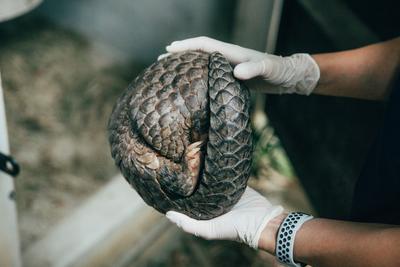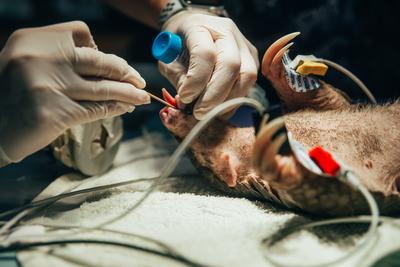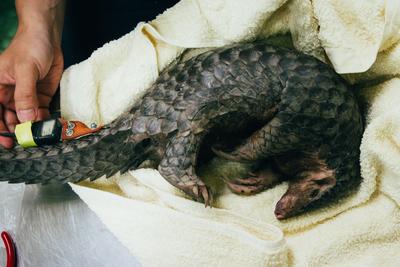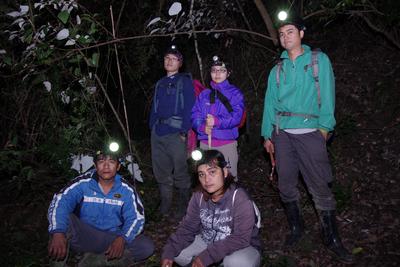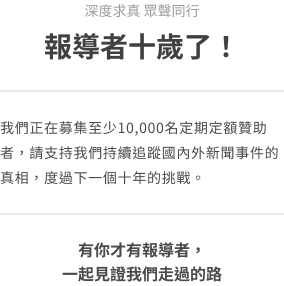The Pangolin Reports: Trafficked to Extinction
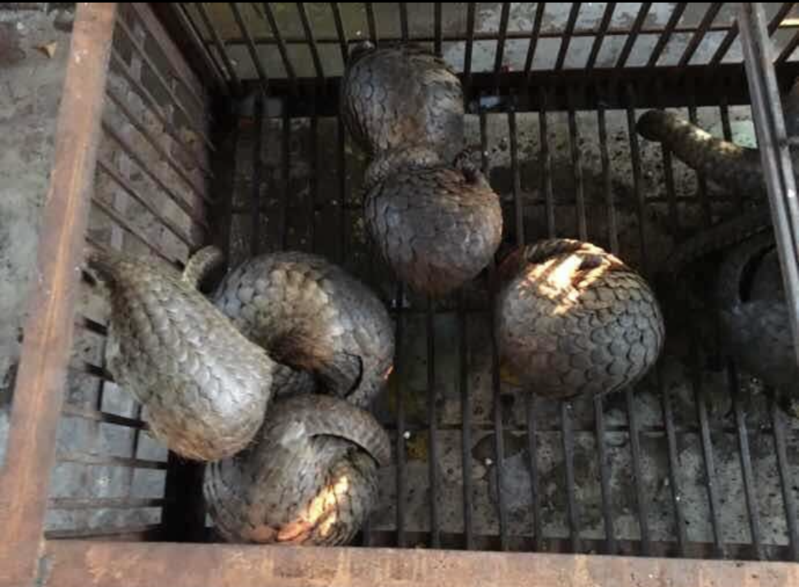
The world's most trafficked mammal is a solitary anteater resembling an artichoke: the pangolin. Prized for its scales, particularly for traditional medicine in China, this quiet animal is at the centre of a sophisticated, multi-million-dollar supply chain across Africa and Asia, run by networks of criminal syndicates.
On an early summer morning in the Vietnamese tourist town of Ha Long, we meet a man surnamed Chen at a bar that will soon turn to its daytime trades of milk tea and currency exchange.
Chen runs a restaurant, but also tries to earn additional cash by showing tourists around and smuggling ivory and pangolins. Born in 1988, he lives alone in a messy apartment on the outskirts of Ha Long. Chen showed three pangolin scales as samples of his trade to us (we were reporting undercover, feigning interest in buying scales). “You can wait at home in China, we deliver to your doorstep,” he said.
His prices depend on provenance. Asian pangolin scales go for 3,200 Chinese renminbi, or around $450, but African scales cost a mere 1,300 renminbi, or $180, per kilogram. Because of the legal risks, he only takes orders above 10 kilograms at those prices. For smaller orders, he would charge a premium.
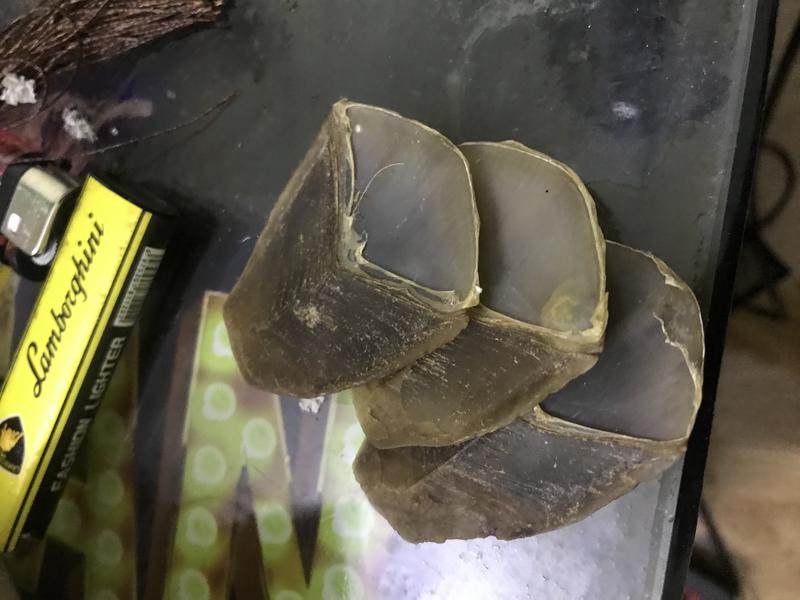
The pangolin scales Chen showed us as samples of his trade. An expert later told us that the scales came from an Asian pangolin.
His supply comes from Laos. But he claimed he did not know how they went from Africa or elsewhere in Asia to Southeast Asia’s only landlocked country. He boasted that once smuggled to China, his goods, which also include bear paws and ivory tusks, can be delivered across the country, except for the northeastern provinces. Estimated delivery time: four days.
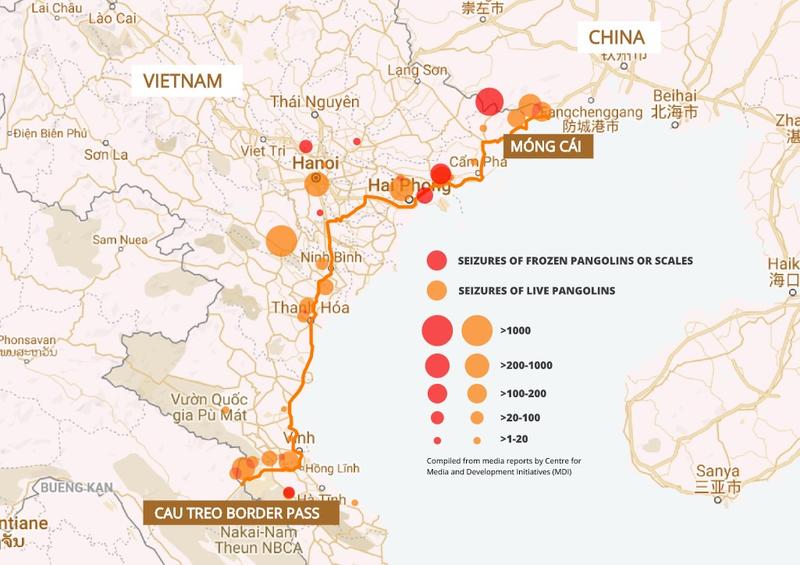
There is an oft-used land route from Laos through Vietnam to China, according to our review of local media reports from 2011 to 2019. Over 3,000 live pangolins have been seized while being trafficked in a total of 44 seizure cases in the land route that extends from Cau Treo at the Laotian border to Móng Cái at the Chinese border.
But trade is much bigger by air and sea cargo. Overall, police and customs have confiscated over 43 tons of pangolin scales and over 24 tons of frozen pangolins between 2011 and 2019, according to our review. Anecdotal evidence suggests that the majority of the bulk cargo originated from African countries, including Nigeria and Cameroon.
In our conversations, Chen mentioned the Chinese border town of Dongxing as a major smuggling hub, so we went there. The town, along with its sister town of Móng Cái in Vietnam, has flourished because of the border trade. The two cities are practically one, were it not for the heavy surveillance and fortifications that attempt to control and tax the bustling undeclared border trade.
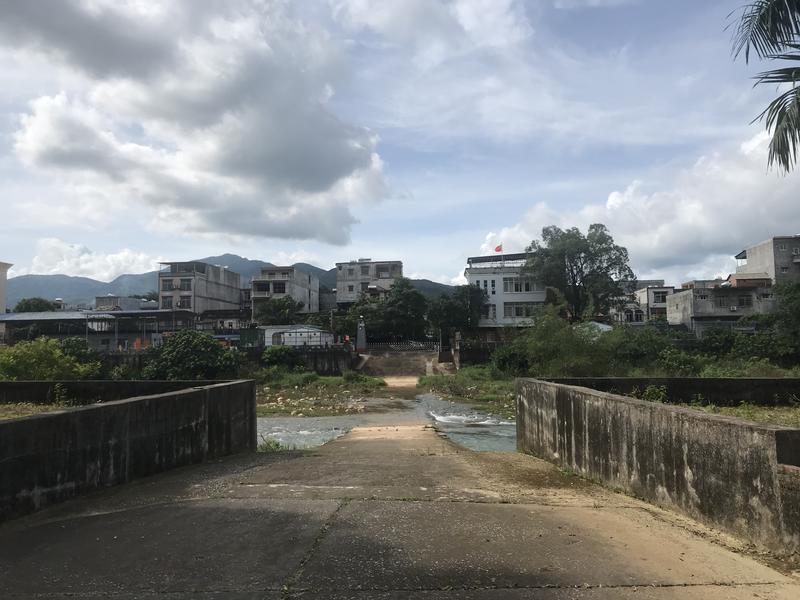
It seems that the crossing of checkpoints here is a mere formality in lives lived on both sides. Residents in both towns said that they used special passes, allowing them to cross the border with minimal checks, as long as their stays were brief and limited to the border area.
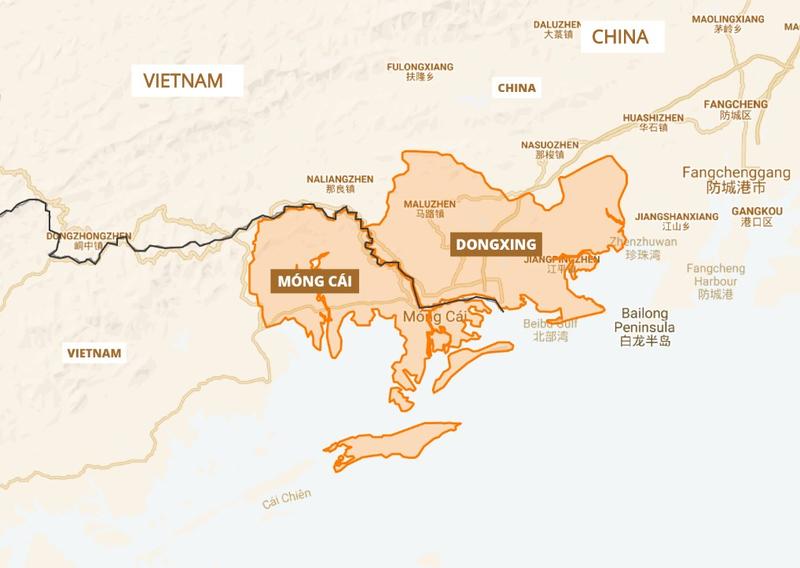
On the Vietnamese side, we met Hoang Anh, a taxi driver who previously made a living peddling iPhones bought in China. He showed us a photo of himself with his brother and seven pangolins.
A screenshot of a WeChat post by Hoang Anh, a taxi driver who is also running a side business illegally trading wildlife in Mong Cai.
The photo, dated June, was meant to prove that he could supply the animal at its freshest: alive. His buyers, he said, were mostly people interested in pangolin meat for special meals.
The going rate for pangolins is 1,250 renminbi per kilogram, which brings a live animal of about five kilograms to 5,000-6,000 renminbi. He said that thanks to bribes and connections, delivering to China would not be a problem.
The Global Environmental Reporting Collective, formed in early 2019, chose the pangolin trade as its first focus for in-depth investigation. More than 30 journalists from 14 newsrooms reported in Africa and Asia, conducting dozens of exclusive interviews and even going undercover. The results are being published here as “The Pangolin Reports: Trafficked to Extinction“.
深度求真 眾聲同行
獨立的精神,是自由思想的條件。獨立的媒體,才能守護公共領域,讓自由的討論和真相浮現。
在艱困的媒體環境,《報導者》堅持以非營利組織的模式投入公共領域的調查與深度報導。我們透過讀者的贊助支持來營運,不仰賴商業廣告置入,在獨立自主的前提下,穿梭在各項重要公共議題中。
今年是《報導者》成立十週年,請支持我們持續追蹤國內外新聞事件的真相,度過下一個十年的挑戰。

